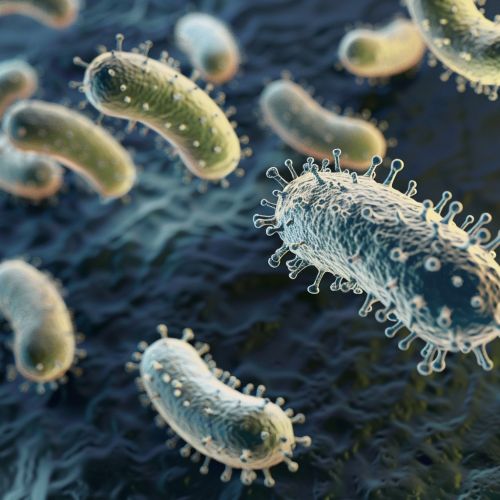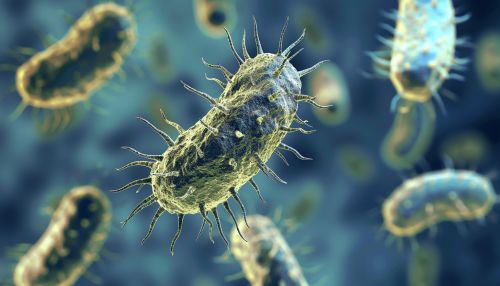Disease
Introduction
Disease, a term that refers to a particular abnormal condition that negatively affects the structure or function of all or part of an organism, is not always due to an immediate external injury. Diseases can be broadly classified into infectious and non-infectious diseases. They can also be classified by the organ system they affect, such as cardiovascular disease, digestive diseases, and respiratory diseases.
Classification of Diseases
Diseases can be classified in various ways, such as by their pathogenesis, or by the organ system they affect. The International Classification of Diseases (ICD) is the standard diagnostic tool for epidemiology, health management, and clinical purposes. It is used to classify diseases and other health problems recorded on many types of health and vital records.
Infectious Diseases
Infectious diseases, also known as communicable diseases, are caused by pathogenic microorganisms, such as bacteria, viruses, parasites, or fungi. These diseases can be spread, directly or indirectly, from one person to another. Examples of infectious diseases include influenza, HIV/AIDS, and malaria.
Non-infectious Diseases
Non-infectious diseases, also known as non-communicable diseases, are not caused by infectious agents and cannot be spread from person to person. They are often the result of genetic or lifestyle factors. Examples of non-infectious diseases include cancer, diabetes, and heart disease.
Causes of Diseases
Diseases can have various causes, including genetic factors, environmental factors, and lifestyle factors. Some diseases, such as cystic fibrosis and sickle cell anemia, are caused by genetic mutations. Other diseases, such as asthma and lung cancer, can be caused by environmental factors, such as exposure to allergens or carcinogens. Lifestyle factors, such as diet and exercise, can also contribute to the development of diseases, such as obesity and type 2 diabetes.
Diagnosis of Diseases
The diagnosis of diseases often involves a combination of history taking, physical examination, and diagnostic testing. Medical history taking involves asking the patient about their symptoms and medical history. Physical examination involves examining the patient's body for signs of disease. Diagnostic testing can include laboratory tests, imaging studies, and other tests.
Treatment of Diseases
The treatment of diseases can involve a variety of interventions, including medication, surgery, physical therapy, and lifestyle changes. The choice of treatment depends on the type and severity of the disease, the patient's overall health, and the patient's personal preferences. In some cases, treatment can cure the disease. In other cases, treatment can help to manage the disease and improve the patient's quality of life.
Prevention of Diseases
Prevention of diseases can involve a variety of strategies, including vaccination, healthy lifestyle choices, and public health interventions. Vaccination is a key strategy for preventing infectious diseases. Healthy lifestyle choices, such as a balanced diet, regular exercise, and avoiding tobacco and excessive alcohol, can help to prevent many non-infectious diseases. Public health interventions, such as sanitation and vector control, can also play a key role in disease prevention.


